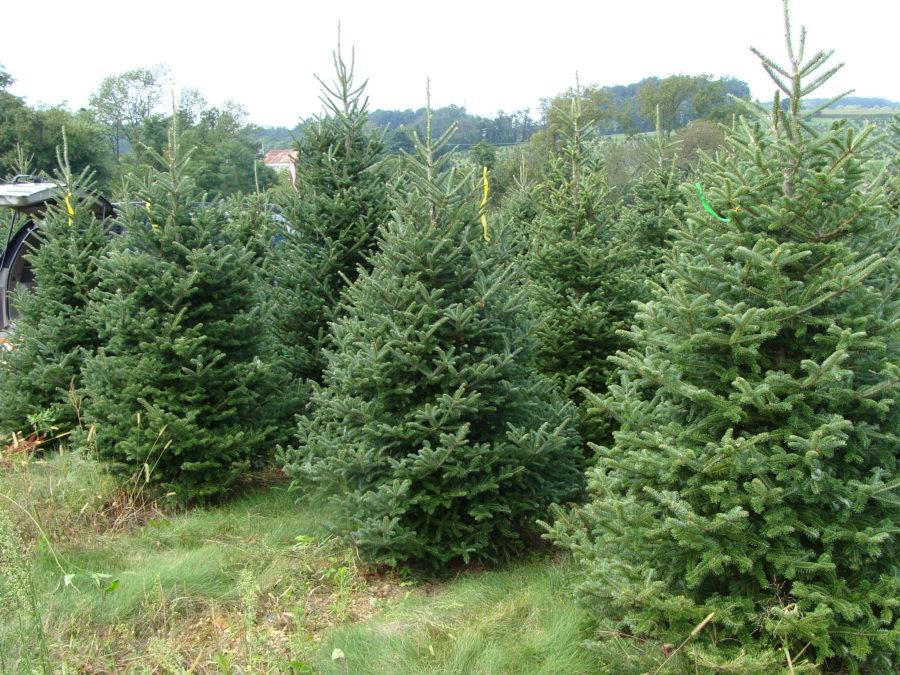Opinion: Real Christmas trees vs fake Christmas trees
December 18, 2014
It wasn’t until 16th century Germany, that trees such as evergreens and pines were decorated in the home for the holiday of Christmas. Today each family has their own unique traditions for tree decorating. A yearly debate that arises nationwide and even in CHS every Christmas is real Christmas trees vs fake Christmas trees.
Freshman Michelle Etienne of Avon-by-the-Sea is a staunch supporter of real Christmas trees.
“Fake trees equals fake Christmas,” says Etienne.
According to sophomore Caroline Collins of Tinton Falls, “Real Christmas trees are so much better because they smell like Christmas.”
For Collins, it is not so much the look of the real tree over the fake tree, but the sentimental value of having a live tree and being able to smell it.
However, real Christmas trees can be too much maintenance or effort for a family. Real trees require constant maintenance unlike their fake counterparts.
Freshman Kate Ridoux of Wall stated, “Though real trees look beautiful, artificial trees are far more environmentally friendly and are much more cost effective.”
The average live Christmas tree cost $35.30 in 2013, according to RealChristmasTree.org. That amount spent every year may be too much for some families to spend. One investment in a fake tree could be a more cost effective method.
Additionally, a Christmas tree’s base must always be submerged in water, and only last an average of 2 weeks, according to About.com.
Sophomore Alex Paredes of Atlantic Highlands introduced allergies as a deciding factor between real and fake.
“Well unless you’re allergic to real Christmas trees,” says Paredes, “I think you should get the real tree because it just doesn’t feel like Christmas without it.”
In conclusion, the right type of tree varies from family to family. Based on the responses of students, it appears that having a Christmas tree is more important to CHS students that celebrate the holiday rather than whether a tree is real or fake.





